Klonopin Detox Overview
High-potency benzodiazepines, such as clonazepam, are frequently used in the treatment of panic disorder (PD) because of their rapid onset of action and good tolerability. However, there is concern about their potential to cause withdrawal symptoms.
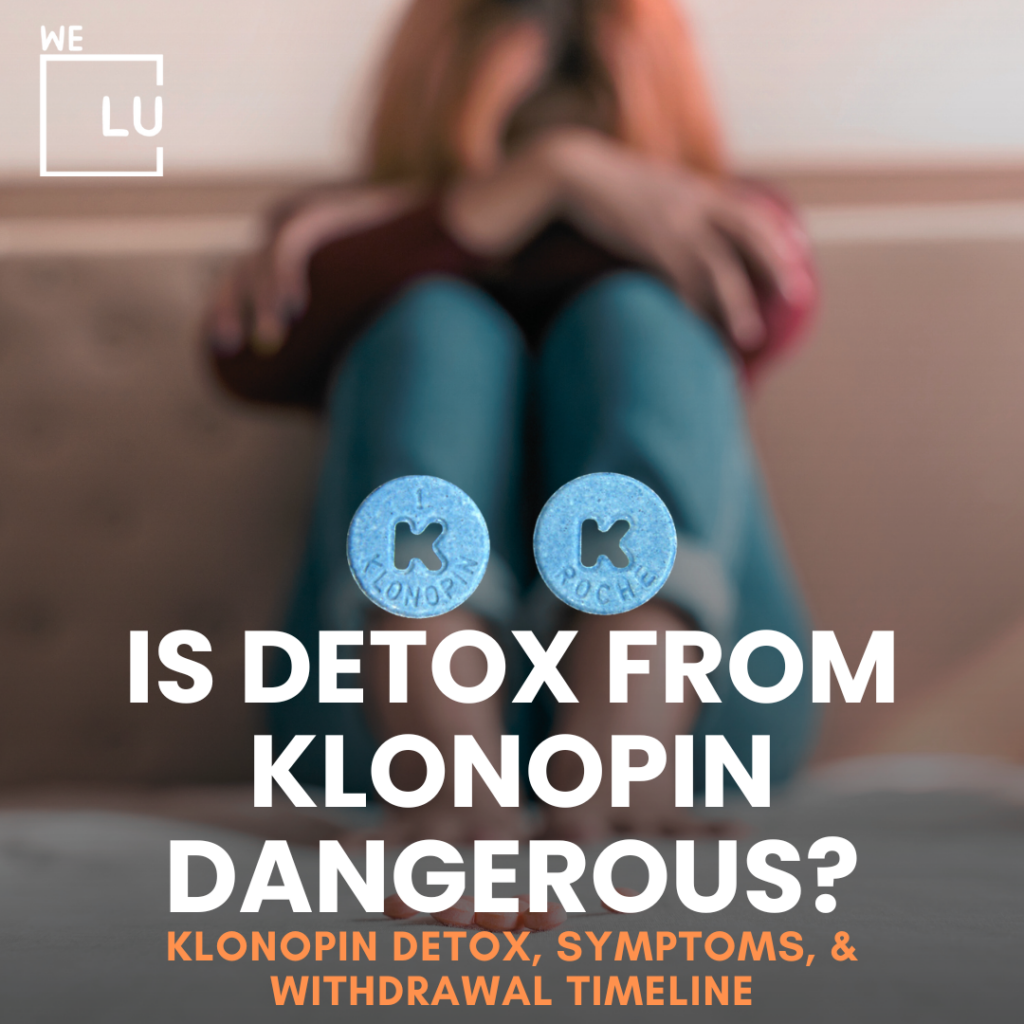
Clonazepam, alone or in combination with other psychoactive substances, can lead to unwanted effects on health, such as motor and cognitive impairment, sleep disorders, and aggravation of mood and anxiety disorders. Prolonged use of clonazepam may lead to physical dependence and tolerance. There is therefore a need to find safer therapeutic alternatives for treating seizures and anxiety disorders. Greater awareness of its frequent nonmedical use is also needed to achieve safer overall use of this medication. [1]
Klonopin is the brand name of Clonazepam. Clonazepam is used alone or in combination with other medications to control certain types of seizures. It is also used to relieve panic attacks (sudden, unexpected attacks of extreme fear and worry about these attacks). Clonazepam is in a class of medications called benzodiazepines. It works by decreasing abnormal electrical activity in the brain.
In 2019, 16 percent of overdose deaths involving opioids also involved benzodiazepines, a type of prescription sedative commonly prescribed for anxiety or to help with insomnia (see graph). Benzodiazepines (sometimes called “benzos”) work to calm or sedate a person, by raising the level of the inhibitory neurotransmitter GABA in the brain. Common benzodiazepines include diazepam (Valium), alprazolam (Xanax), and clonazepam (Klonopin), among others.
Every day, more than 136 Americans die after overdosing on opioids. However, between 1996 and 2013, the number of adults who filled a benzodiazepine prescription increased by 67%, from 8.1 million to 13.5 million. The quantity obtained also increased from 1.1 kg to 3.6 kg lorazepam-equivalents per 100,000 adults.
Combining opioids and benzodiazepines can be unsafe because both types of drug sedate users and suppress breathing—the cause of overdose fatality—in addition to impairing cognitive functions. Unfortunately, many people have prescribed both drugs simultaneously.
In a study of over 300,000 continuously insured patients receiving opioid prescriptions between 2001 and 2013, the percentage of persons also prescribed benzodiazepines rose to 17 percent in 2013 from nine percent in 2001. The study showed that people concurrently using both drugs are at higher risk of visiting the emergency department or being admitted to a hospital for a drug-related emergency.
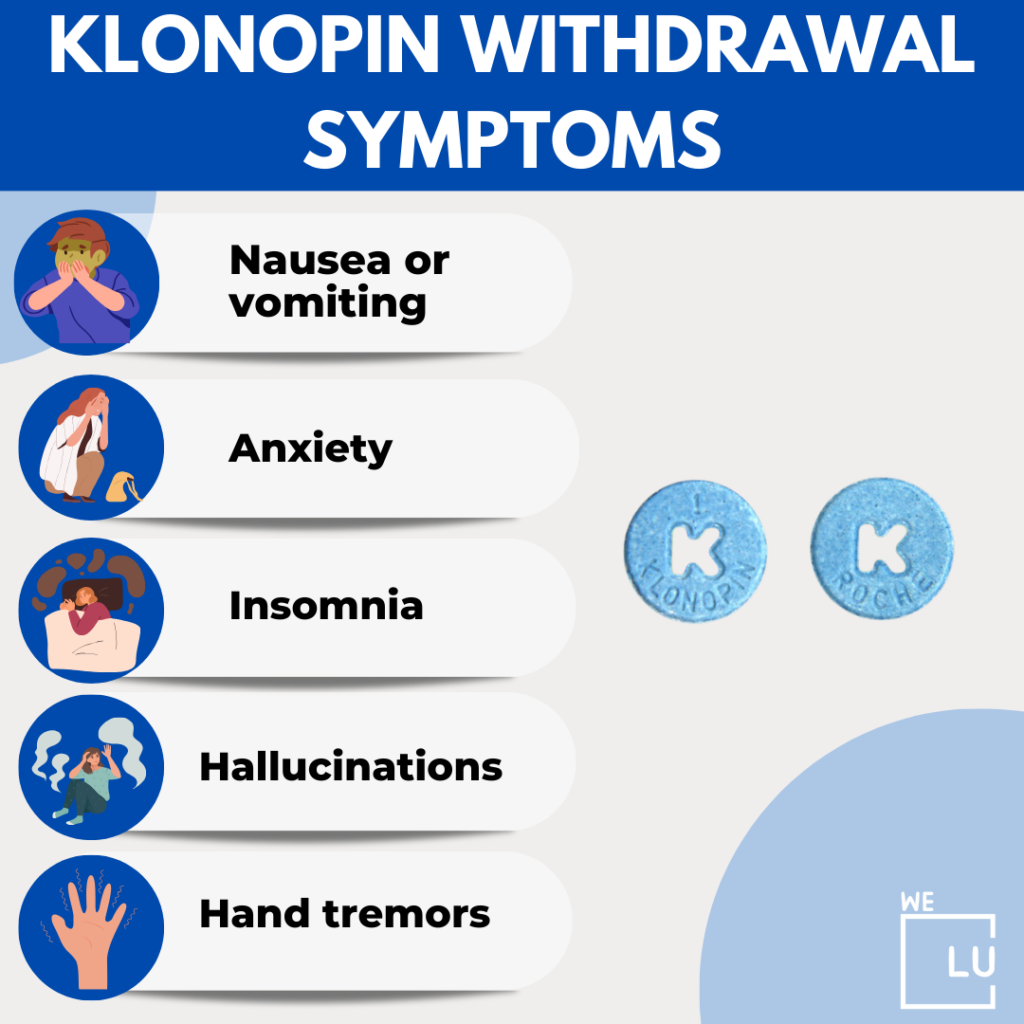
In 2016, the Centers for Disease Control and Prevention (CDC) issued new guidelines for the prescribing of opioids. They recommend that clinicians avoid prescribing benzodiazepines concurrently with opioids whenever possible. Both prescription opioids and benzodiazepines now carry FDA “black box” warnings on the label highlighting the dangers of using these drugs together. People being prescribed any medications should inform their doctors about all of the other drugs and medications they use, and patients should consult with their doctors about the potential dangers of using various medications and substances together, including the use of alcohol. [1]
Detox Consists of 3 Main Components:
- Evaluation – You receive a comprehensive evaluation, which includes screening for any co-occurring medical or physical health issues, examining your overall health, and a screening for any drugs being used prior to admission. The evaluation helps to determine the most appropriate level of care for you.
- Stabilization – The second phase of the Klonopin detox process is the actual detox. You are assisted and supported, in most cases with medical supervision, as your body withdraws from the substance. You may receive medications to help minimize any withdrawal symptoms.
- Fostering entry into treatment – Detox is not a form of treatment, so you will need to begin a formal treatment program once you have successfully detoxed to ensure your best chances of sobriety. Klonopin detox center staff will help you find the best treatment program and assist you in making a smooth transition into the next stage of your recovery.
During Klonopin detox, you receive medical and/or other supportive interventions that help you remain as comfortable and safe as possible while your body clears itself of the last traces of any recently used intoxicating substances.

Why is Detox Necessary for Recovery?
You can become physically and psychologically dependent on and/or addicted to drugs like Klonopin. Dependence means that your body has become accustomed to the presence of the drug and you need to keep using it to feel normal and to prevent withdrawal symptoms. Over time, you can also build up a tolerance, which means you need to use more of the substance to achieve the same effects. [2]
As the first step in the recovery process, Klonopin detox helps you quit using Klonopin as safely as possible. As your body clears the substance, a supervised detox program can help you to better manage the physical and psychological consequences of withdrawal.
Is Detox from Klonopin Dangerous?
Certain risks and complications can occur during the Klonopin withdrawal period. Some of these symptoms can be serious and may include: [3]
- Seizures
- Increased anxiety
- Increased heart rate
- Increased blood pressure
An acute withdrawal syndrome is similar to that seen during severe alcohol withdrawal. Known as delirium tremens, symptoms may include profound confusion, disorientation, hallucinations, agitation, and seizures.
Why Detoxing at Home Can Be Harmful
Because of the risks associated with Klonopin withdrawal, Klonopin detox at home is not usually advised and can even be harmful. If you develop withdrawal complications such as seizures, depression, anxiety, or other significant mental health symptoms, you won’t have immediate access to necessary medical care. Additionally, if you feel unable to tolerate withdrawal symptoms, you may relapse, which only perpetuates the cycle of addiction.
It is for these reasons that the Substance Abuse and Mental Health Services Administration (SAMHSA) advises medical detox for people undergoing withdrawal from substances such as Klonopin.
What to Expect During Klonopin Detoxification
Withdrawal looks different for everyone. However, Klonopin has several commonly experienced withdrawal symptoms, including:
- Nausea or vomiting
- An increase in sweating or pulse rate
- Anxiety
- Insomnia
- Visual, tactile, or auditory hallucinations
- Unintended and purposeless movements, such as fidgeting or pacing
- Hand tremors (shakes)
- Grand mal seizures
Klonopin Detox Infographics
The infographic below illustrates information about Klonopin, the brand name of Clonazepam, which is used alone or with other medications to manage specific types of seizures and to alleviate panic attacks. Clonazepam belongs to the benzodiazepine class of medications and works by reducing abnormal electrical activity in the brain.
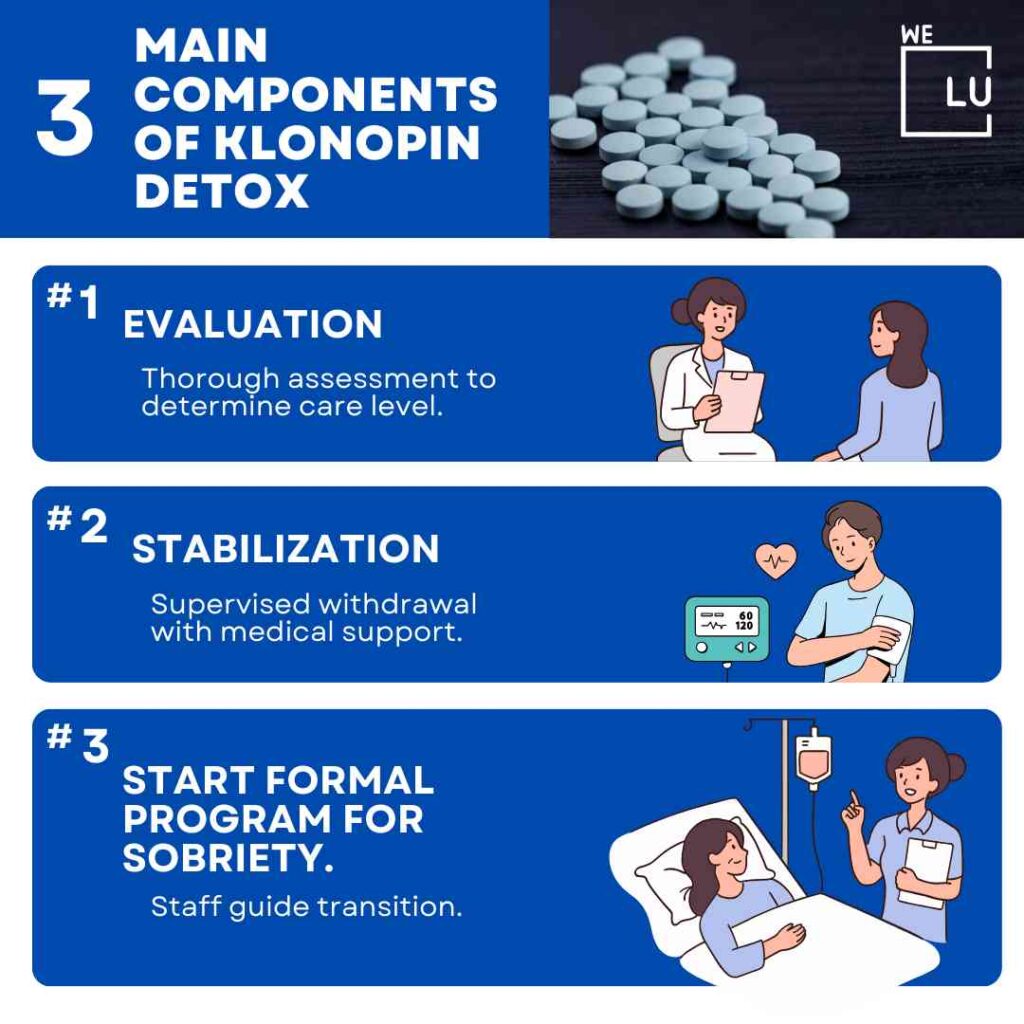
Embed the above “3 Main Components of Klonopin Detox” Infographic to your Website. This infographic is provided by the We Level Up Addiction Treatment Center team. To use the above infographics, you agree to link back and attribute its source and owner at https://weleveluptx.com/klonopin-detox/
3 Main Components of Klonopin Detox image link: https://weleveluptx.com/wp-content/uploads/2024/02/3-Main-components-of-klonopin-detox-Klonopin-Detox-Overview-Is-Detox-from-Klonopin-Dangerous-What-to-Expect-During-Klonopin-Detoxification-1024×1024.jpg
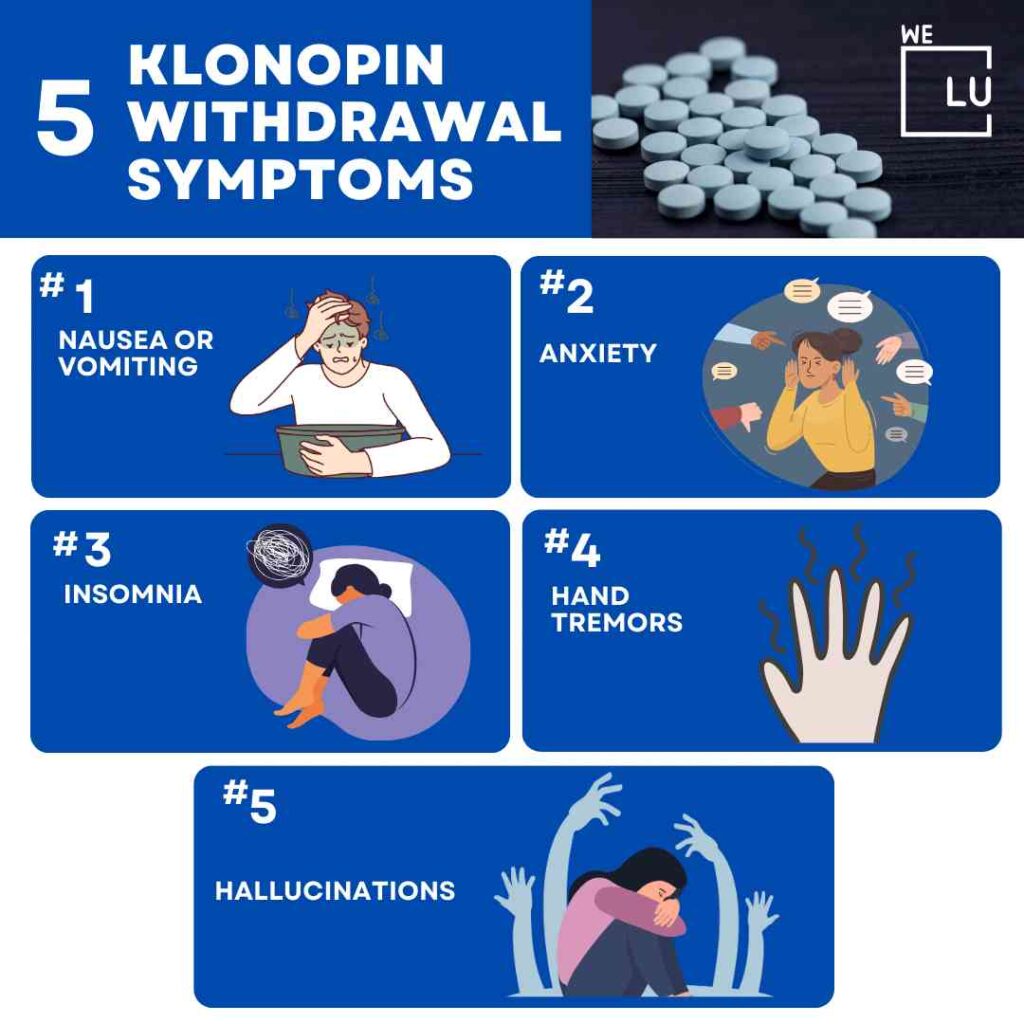
Embed the above “5 Klonopin Withdrawal Symptoms” Infographic to your Website. This infographic is provided by the We Level Up Addiction Treatment Center team. To use the above infographics, you agree to link back and attribute its source and owner at https://weleveluptx.com/klonopin-detox/
5 Klonopin Withdrawal Symptoms image link: https://weleveluptx.com/wp-content/uploads/2024/02/5-KLONOPIN-WITHDRAWAL-SYMPTOMS-Klonopin-Detox-Overview-Is-Detox-from-Klonopin-Dangerous-What-to-Expect-During-Klonopin-Detoxification-1024×1024.jpg
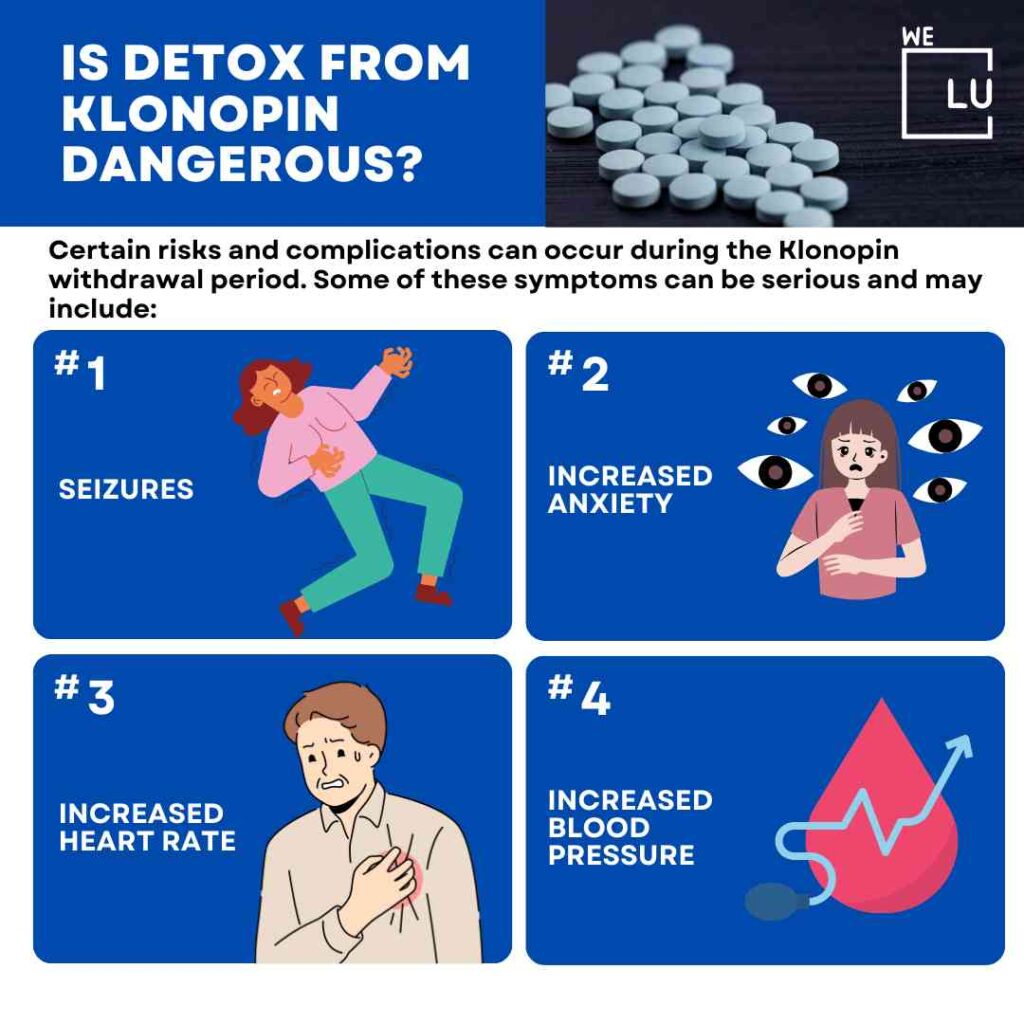
Embed the above “Is Detox from Klonopin Dangerous” Infographic to your Website. This infographic is provided by the We Level Up Addiction Treatment Center team. To use the above infographics, you agree to link back and attribute its source and owner at https://weleveluptx.com/klonopin-detox/
Is Detox from Klonopin Dangerous image link: https://weleveluptx.com/wp-content/uploads/2024/02/Is-Detox-from-Klonopin-Dangerous-Klonopin-Detox-Overview-Is-Detox-from-Klonopin-Dangerous-What-to-Expect-During-Klonopin-Detoxification-1024×1024.jpg
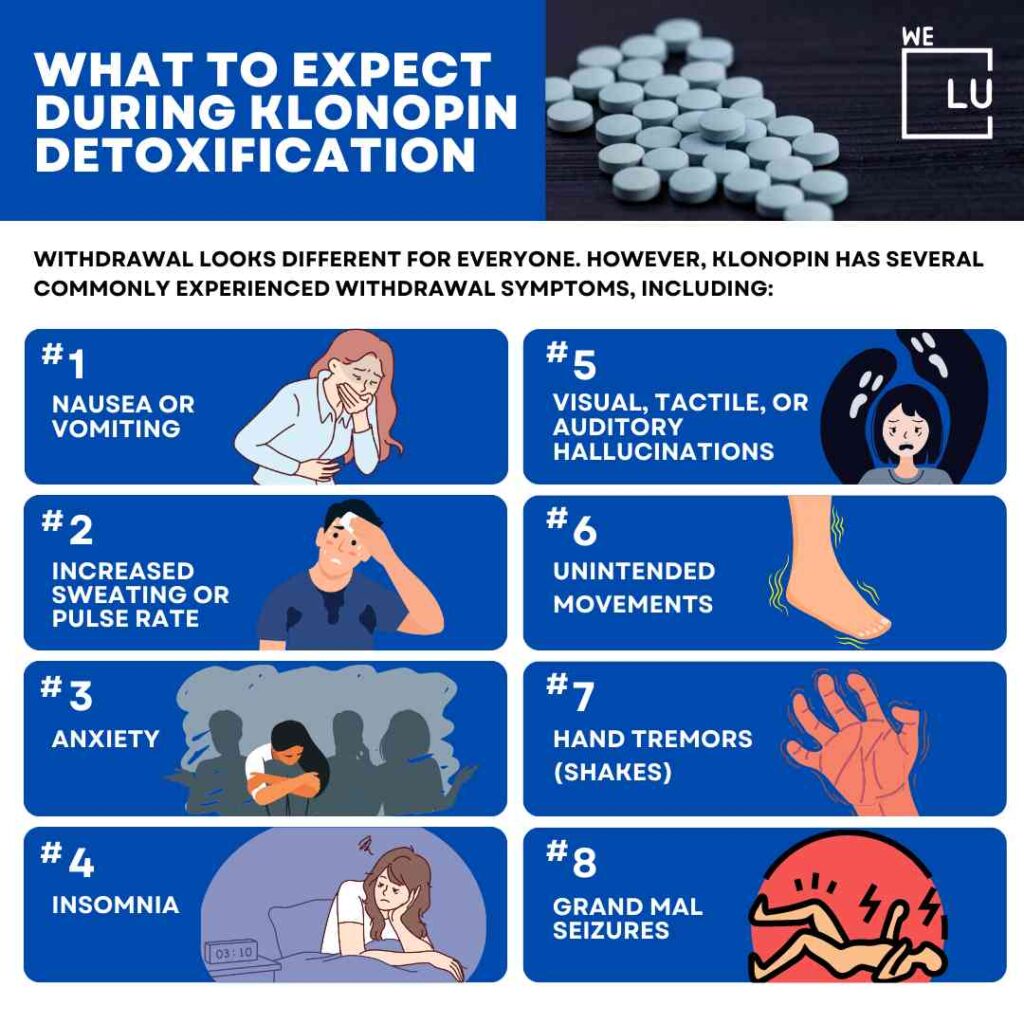
Embed the above “What to Expect During Klonopin Detoxification” Infographic to your Website. This infographic is provided by the We Level Up Addiction Treatment Center team. To use the above infographics, you agree to link back and attribute its source and owner at https://weleveluptx.com/klonopin-detox/
What to Expect During Klonopin Detoxification image link: https://weleveluptx.com/wp-content/uploads/2024/02/What-to-Expect-During-Klonopin-Detoxification-Klonopin-Detox-Overview-Is-Detox-from-Klonopin-Dangerous-What-to-Expect-During-Klonopin-Detoxification-1024×1024.jpg
Medically Assisted Detox & Withdrawal Management
With certain types of substances, including benzodiazepines such as Klonopin, medical detox is the safest method for managing withdrawal. When you undergo Klonopin detox in a treatment center or hospital, you will receive medical supervision and care, and medications to address withdrawal symptoms, manage any co-occurring physical or mental health symptoms, and minimize the risk of certain withdrawal complications such as seizures.
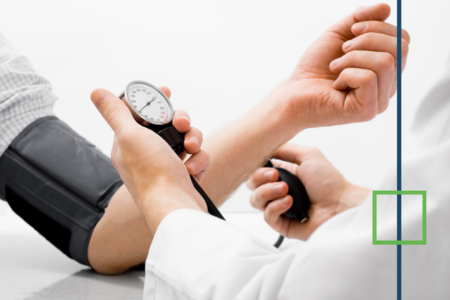
During Klonopin detox, dose tapering can make withdrawal symptoms more bearable. Under a doctor’s supervision, you receive a gradual reduction in the Klonopin dose over a period of several weeks or even several months. In some instances, you may be given an equivalent dose of another long-acting benzodiazepine, such as diazepam (Valium), as a substitute medication to initiate the tapering process.
Treatment programs for opioid addiction usually start with detoxification from the drug followed by inpatient treatment.
Only a finely managed treatment facility provides a steady and comfortable setting in which Klonopin detox of the drug can take place while providing opiate withdrawal support and medications to help decrease the possibility of complications and difficulties associated with opiate withdrawal. Opioid detox at a medically supervised facility can minimize the severity of the symptoms and make the withdrawal process significantly easier and more comfortable to endure. Our facilities also offer multiple levels of treatment for an easy transition following the completion of a Klonopin detox program.
If you or a loved one is dealing with dependence or addiction to opioids, contact our treatment support at We Level Up TX to find the best treatment option for you.
Sources:
Nonmedical Use – National Library of Medicine
[2] https://www.drugabuse.gov/drug-topics/opioids/benzodiazepines-opioids National Institute on Drug Abuse – Benzodiazepines and Opioids
[3] American Psychiatric Association. (2017) – https://www.psychiatry.org/patients-families/addiction/what-is-addiction What Is a Substance Use Disorder?
[4] https://www.aafp.org/afp/2000/0401/p2121.html Addiction: Part I. Benzodiazepines—Side Effects, Abuse Risk and Alternatives – American Family Physician